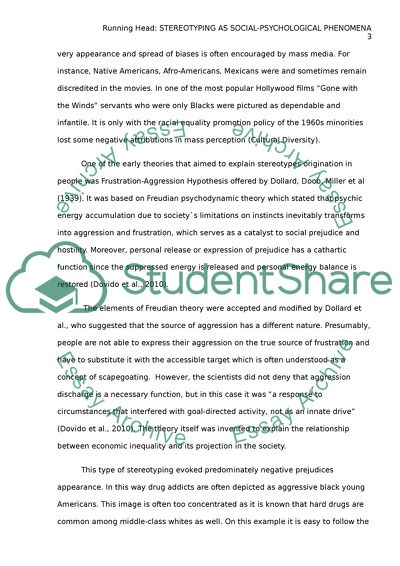Cite this document
(“Social-Psychologicla Phenomenon Research Paper Example | Topics and Well Written Essays - 1250 words”, n.d.)
Retrieved from https://studentshare.org/psychology/1651722-social-psychologicla-phenomenon
Retrieved from https://studentshare.org/psychology/1651722-social-psychologicla-phenomenon
(Social-Psychologicla Phenomenon Research Paper Example | Topics and Well Written Essays - 1250 Words)
https://studentshare.org/psychology/1651722-social-psychologicla-phenomenon.
https://studentshare.org/psychology/1651722-social-psychologicla-phenomenon.
“Social-Psychologicla Phenomenon Research Paper Example | Topics and Well Written Essays - 1250 Words”, n.d. https://studentshare.org/psychology/1651722-social-psychologicla-phenomenon.


